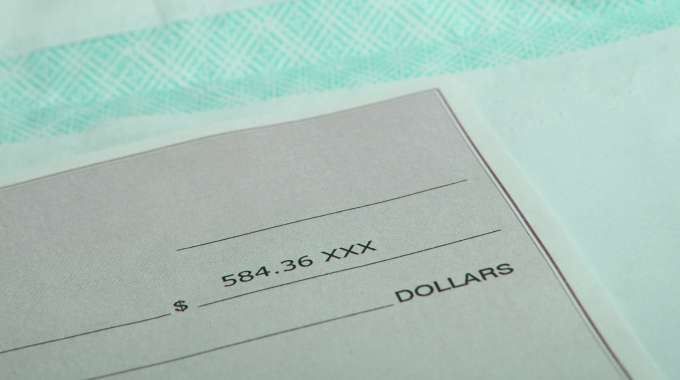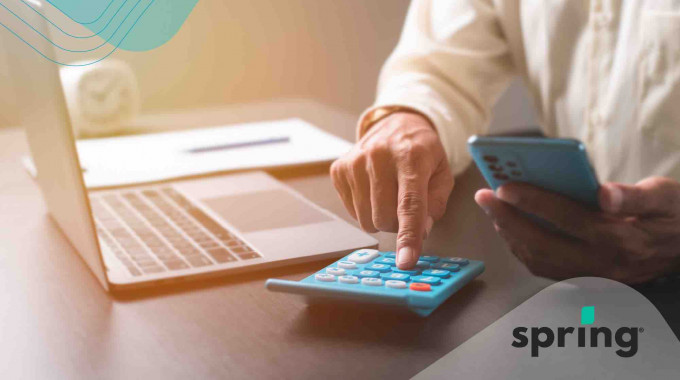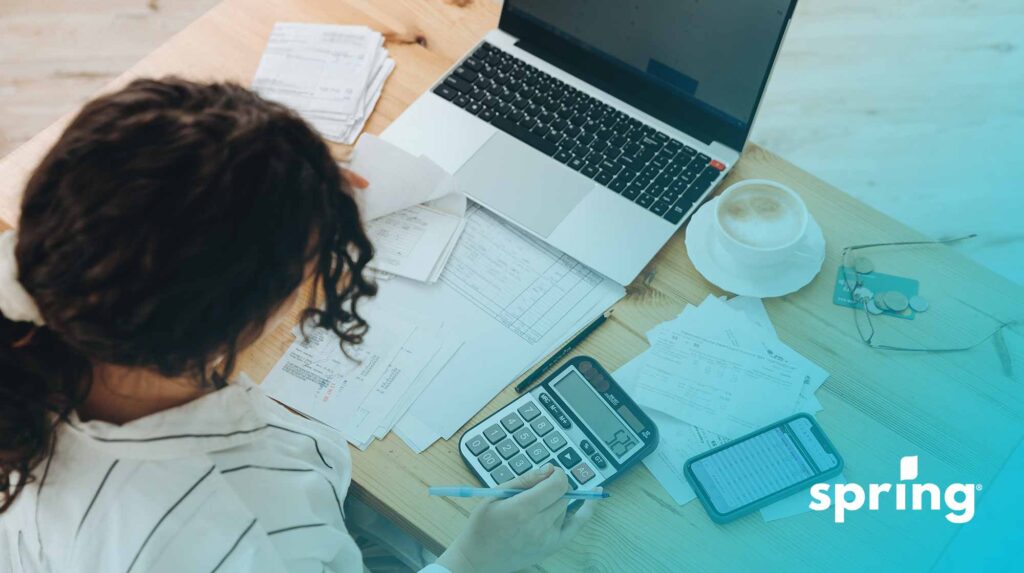What would you do if a crisis hit, and you needed to dip into your emergency fund for some big unforeseen big expenses? Do you even have emergency savings? What would you do if you found yourself suddenly laid off? What would happen if your paycheck were delayed for even a week?
If you’re like the majority of Canadians, you’d be in some serious financial trouble. According to one recent survey, 53% of Canadians live paycheck to paycheck, and 35% would have to use a credit card to pay for an emergency.
Believe it or not, this trend has less to do with income than you might think. Even those with high incomes have found themselves in this situation. How? More often than not, the answer boils down to spending habits. A Canadian Payroll Association study found that 41% of working Canadians spend all or more (more!) of their paycheck, with no extra money left over for retirement savings or emergency savings.
What’s the solution? Wondering how to stop living paycheck to paycheck? It could be as simple as tracking your spending and creating a spending plan.
Tracking your spending behaviours can help you make adjustments, identify needless spending, and better plan for the future. It’s also one of the keys to becoming more mindful of your spending, and one of the best ways to train your brain to save more money.
How to Track Your Spending
When you get locked into a cycle of living paycheck to paycheck it could be because you’re not paying close attention to your spending habits. Of course, there are fixed expenses you don’t have much control over—housing costs, insurance, utilities—but there’s lots of other purchases we all make each week that can quickly add up.
That $5 morning coffee and breakfast wrap you get each weekday? That adds up to $100 each month and $1,200 each year. How many of these little purchases do you make every day or week? Do you know how much they’re costing you? Here’s a quick look at how to find out:
Examine Each of Your Bank Accounts
The first step to tracking your spending is to take stock of your different bank accounts. Make sure you’ve accounted for all of your sources of income and are looking at all of your areas of spending, including credit cards and any automatic payments you might have set up such as rent, utilities, and so on.
Take a good hard look over each of your statements, going back several months, and start jotting down your regular recurring monthly expenses—everything from housing to insurance to your Netflix subscription.
Chances are you’ll immediately start to see some patterns of spending you can begin to cut back or cease immediately. This information will be critical when it comes to creating a budget a little later on.
Record Your Spending
Next, give yourself a few weeks to track your spending habits. It’s important to capture everything, no matter how small or insignificant or infrequent you think the purchase is. Doing this will help you identify:
- How much you’re spending on certain things
- Small habitual spending that adds up to large amounts over time
- Areas of spending that can be cut out or cut back
You could do this step the old school way, with a pencil and paper, but that leaves a lot of room for error. It also requires you to remember to record your expenses after the fact.
One of the most effective ways to track your spending is to use a spending tracker app. Many of these apps can be synced with your accounts to automatically capture, record, and categorize your purchases.
Categorize Your Expenses
After a few weeks of tracking your spending habits, you can begin to look for patterns. Start by categorizing your purchases into different groupings. Some spending tracker apps will do this step for you, and some online banking portals offer a similar feature. Depending on the tools you’re using, you may have to do this yourself using a spreadsheet or pen and paper.
This step will help you identify areas where you can adjust your spending (clothes, food, entertainment) and areas where you can’t (housing, gas, utilities). It will also give you a clear picture—at a high level—of where most of your income is going, such as the percentage of each paycheck going to fixed expenses.
What are the Best Spending Tracker Apps?
With a smartphone in your pocket and no shortage of budgeting and personal expense tracker apps to choose from, there’s never been an easier time to track and plan your spending habits. But which one is the best? Which one is right for you?
That really depends on the features you require, and whether or not you’re willing to pay for the app. Most of the best spending tracker apps will automatically sync with your bank accounts, either in real-time or several times a day, to give you an up-to-date look at your finances. They’ll all track your spending and record your purchases, and some will go a step further by offering financial tips.
Some of our favourite spending tracker apps, such as YNAB (You Need A Budget) and Wally, also include features that help you reach set savings goals, monitor investments, and pay down debt.
How to Plan Your Spending
Once you’ve tracked your expenses for a period of time you’re ready to start making some changes to your future spending, and stop living paycheck to paycheck.
Create a Budget
This is the biggest tool you have in reaching your goal, and creating one is easier than most people think. You can use a spreadsheet or just a pen and paper. It doesn’t have to be fancy.
Start by writing down your monthly income, after taxes. This is how much money you have to spend. Then write down and subtract our all of your monthly expenses from your monthly income, including your fixed expenses and non-fixed expenses, such as food and entertainment.
If you don’t have extra money left over once you’ve crunched the numbers, it’s time to start adjusting your non-fixed monthly expenses and cutting things out or back. (Yep, that might mean saying adios to your super delicious morning breakfast wrap.) If you’re not sure how to start or what a good budget looks like, check our post on budgeting tips and the 50-20-30 rule.
Keep on Tracking Your Spending
Once you have your budget it in place it’s important that you keep tracking your spending—every single day and every single purchase. This will keep you on track with the budget you created and prevent you from falling back into that dreaded paycheck-to-paycheck cycle.
Use the Envelope System
If you find it hard to stick to your budget, you might want to try the Envelope System. This incredibly simple method involves putting set amounts of money aside (in digital or real envelopes) for different types of expenses.
For example, every time you get paid you would use your budget to determine how much money you should put aside for things like groceries, living expenses, gas, and entertainment. This way you always know you’re sticking to your budget and not living beyond your means.
Spring Financial serves Canadians facing all types of credit situations with practical advice and credit-building solutions. We also offer quick-and-easy secured and unsecured installment loans to help you take those first steps to a better financial future. Apply today to see how we can help!








